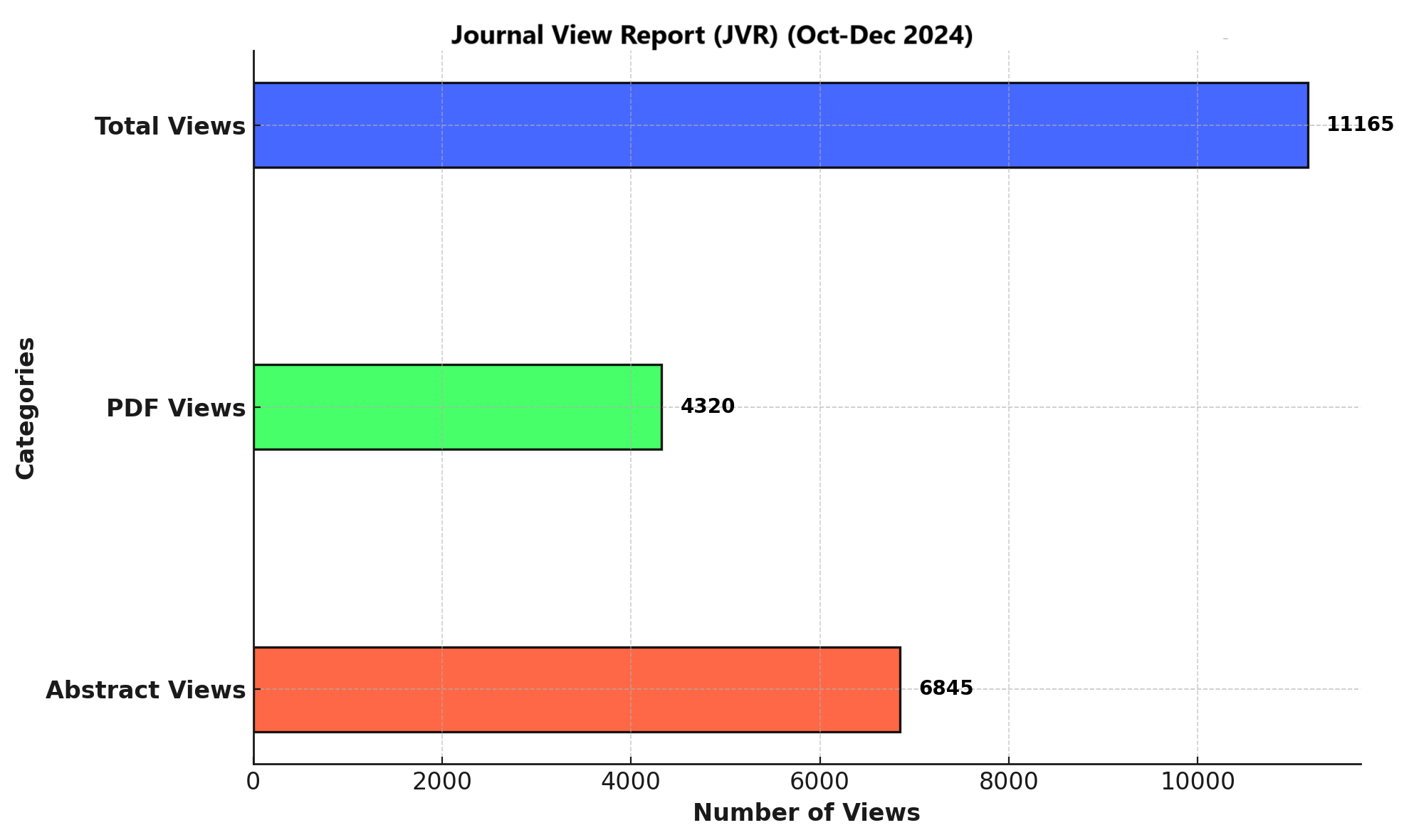PREVALENCE OF MYOFASCIAL PAIN, SOMATIZATION & IT’S ASSOCIATION WITH OCCUPATIONAL STRESS IN ADVOCATES OF PESHAWAR
DOI:
https://doi.org/10.71000/ijhr150Keywords:
Advocates, Myofascial Pain, Occupational Stress, Peshawar, Prevalence, Somatization, Workplace StressAbstract
Background: Occupational stress refers to the physiological and psychological responses resulting from the inability to meet workplace demands, often leading to adverse health outcomes such as somatization and musculoskeletal disorders. Advocates, due to the high-pressure nature of their profession, are particularly vulnerable to such stress-related conditions. Understanding the prevalence and associations between workplace stress, somatization, and myofascial pain is critical for developing targeted interventions to improve well-being and professional efficiency in this population.
Objective: To determine the prevalence of workplace stress and its association with somatization and myofascial pain among advocates of the Peshawar Bar Association.
Methods: A cross-sectional study was conducted over six months involving 288 advocates aged 30–50 years. Participants completed three validated questionnaires: the Myofascial Diagnostic Scale for myofascial pain, the Patient Health Questionnaire-15 (PHQ-15) for somatic symptoms, and the Workplace Stress Survey for occupational stress. Data were analyzed using SPSS version 22, and chi-square tests were applied to assess associations between workplace stress and health outcomes, with a significance level of p<0.05.
Results: Of the 288 participants, 239 (83%) were male and 49 (17%) were female, with a mean age of 36.31 ± 5.212 years. Somatic symptom severity was minimal in 25.3%, low in 40.3%, moderate in 29.5%, and high in 4.9% of participants. Occupational stress levels were mild in 34.4%, moderate in 63.2%, and severe in 2.4%. Myofascial pain was present in 45.8% of participants. A significant association was observed between workplace stress and somatization (p=0.020), but no significant association was found between workplace stress and myofascial pain (p=0.084).
Conclusion: The study concluded that as occupational stress increases, somatic symptoms significantly rise, while no significant link was found between workplace stress and myofascial pain. These findings underscore the need for effective stress management interventions to enhance the health and efficiency of professionals in high-stress roles.
Downloads
Published
Issue
Section
License
Copyright (c) 2024 Brekhna Gul, Talha Hayat, Muhammad Junaid Qadri, Muhammad Suleman Sikander, Wajiha Aziz (Author)

This work is licensed under a Creative Commons Attribution-NonCommercial-NoDerivatives 4.0 International License.







